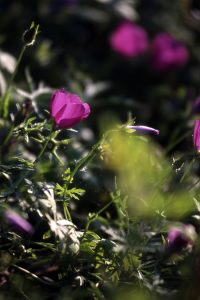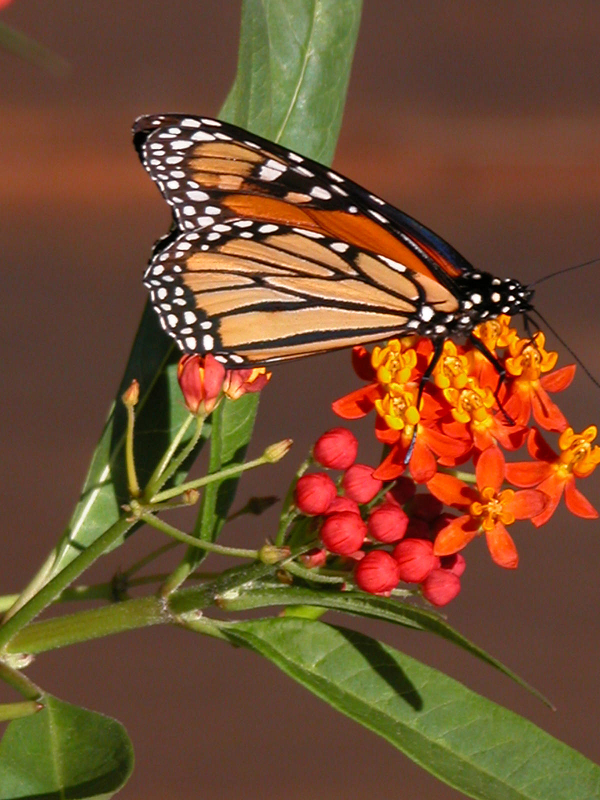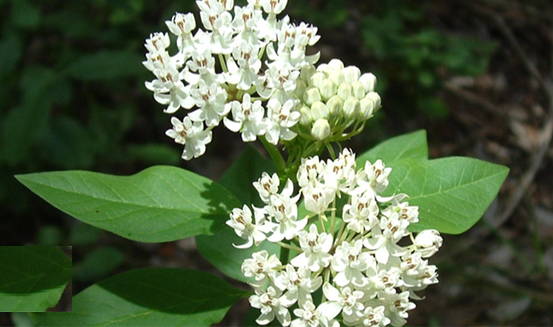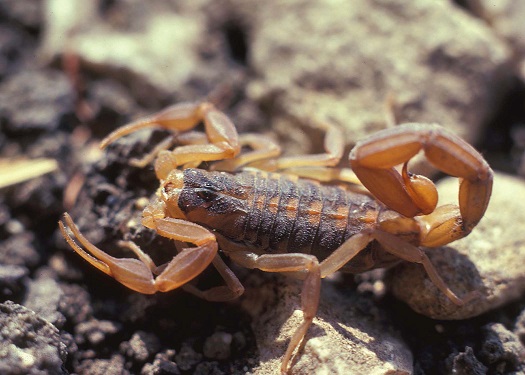Landscaping for Wildlife
Wednesday, October 3rd, 2018This is Passport to Texas
Whether you have an apartment balcony or large backyard, you can take simple steps to help improve habitat for wildlife. It’s called “wildscaping.” Texas Parks and Wildlife provides online resources to help Texans begin landscaping their property for wildlife. And, really, you can start small. As small as a pot of native flowering plants.
The information can guide you with things like creating a humming-bird or butterfly garden; you can also find recommended plant lists for your part of the state.
Even a small patch of butterfly attracting flowers is a great way to start. Speaking from experience… there is nothing more magical than rolling up your driveway after work to see your garden alive with butterflies. Makes me smile every single time.
Essentially, what you’ll want to do is to provide food, water and shelter for the critters that come calling. And the more of this wildscape habitat that you provide, the more wildlife you’ll attract.
One of Texas Parks and Wildlife’s urban biologists, Kelly Simon, wrote an informative book on the subject, aptly titled: Texas Wildscapes: Gardening for Wildlife.
Also check out the calendar section of the Texas Parks and Wildlife website for classes, tours and demonstrations featuring wildscapes.
For Texas Parks and Wildlife…I’m Cecilia Nasti.







 Passport to Texas is a
Passport to Texas is a  Passport to Texas is made available by:
Passport to Texas is made available by: